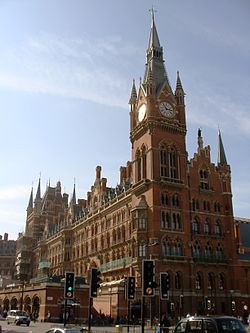The Victorian Government featured one of the earliest constitutional monarchies of the world. While Queen Victoria was viewed to have a very respectful position, in reality, she had a limited amount of power in comparison to monarchs that were living two centuries before her era.

Instead of holding the responsibility of making day to day decisions for the entire country, she was often there simply to give advice to Parliament and the Prime Minister which was an elected official that now made the calls on the day to day tasks.
In comparison to today, Queen Victoria likely had more power than what Elizabeth II has now. She still had a lot of voice which would impact rulings in the court system and such. However, by the time Queen Victoria took throne, there was already a significant decline in respect for the throne by those who lived during her era as the monarch of England.
Most people consider the rulings of the court system and government to be extremely harsh in comparison to today. It was not so uncommon to see many people put to death or being tortured. However, human rights were beginning to take close notice throughout the government system.
The vast majority of effort was placed into good and clean working laws throughout the Victorian Era. As this was the heart of the effects of the industrial revolution, many kids were being put to work and the working conditions of most general laborers were terrible. This was an era which featured a wide range of people in terms of wealth.
A good portion of the citizens in the Victorian era suffered the consequences of having jobs overrun by machines that were mass producing items that used to be handcrafted. The government tried to step in on several occasions, but overcrowding and such few jobs made the task of improving England as a whole difficult.
You can read more about the judiciary and the parliament.